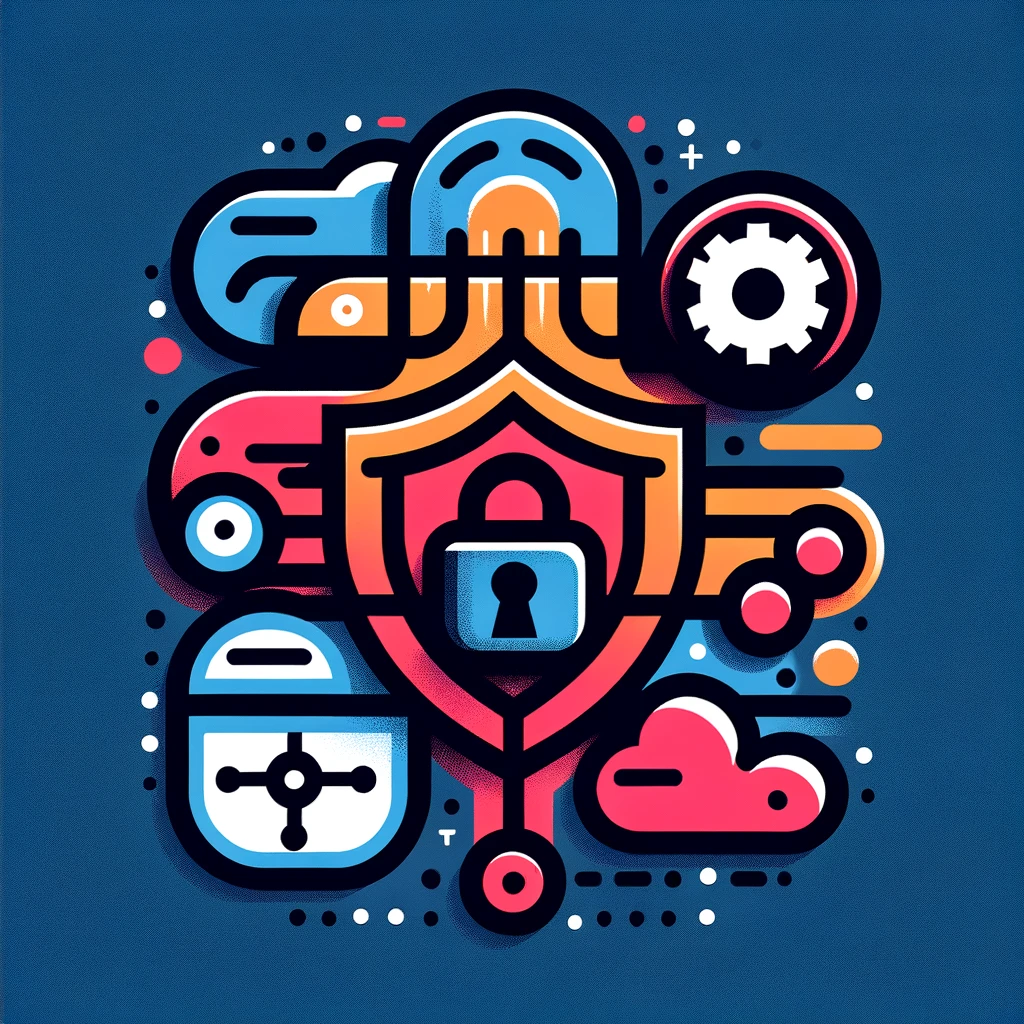
In the realm of web development, securing user sessions and cookies is akin to safeguarding the very essence of user privacy and security. Laravel, a robust PHP framework, offers a plethora of features aimed at making web applications secure, efficient, and developer-friendly. However, the real challenge lies in leveraging these features to their full potential while avoiding common pitfalls that could compromise security. This blog post delves into the intricacies of session and cookie management in Laravel applications, providing actionable tips to harden your application against potential threats.
Understanding Laravel’s Session and Cookie Management
Laravel provides a unified API for handling session and cookie data, abstracting the complexity of raw PHP session handling. Sessions in Laravel can be stored in various drivers such as file, cookie, database, memcached, and Redis, with cookie-based sessions being encrypted and signed to prevent tampering. Moreover, Laravel’s middleware ensures that cookies are encrypted and decrypted automatically, offering an added layer of security.
Cookie Security
Laravel sets Secure, HttpOnly, and SameSite attributes for cookies to bolster security. The Secure attribute ensures cookies are sent over HTTPS, preventing man-in-the-middle (MITM) attacks. The HttpOnly attribute restricts access to cookies from JavaScript, thwarting cross-site scripting (XSS) attacks. Lastly, the SameSite attribute mitigates cross-site request forgery (CSRF) attacks by controlling which requests include cookies.
Enhancing Session Security
1. Use Database or Redis for Session Storage
Storing session data in a database or Redis offers better performance and security compared to file-based storage. It facilitates easier session management across multiple servers and improves the application’s scalability. To switch to database session storage in Laravel, you can run the php artisan session:table command to generate the migration for the sessions table and then migrate it. Ensure to set the SESSION_DRIVER environment variable to database or redis as appropriate.
2. Session Timeout Management
Properly managing session timeouts is crucial for preventing unauthorized access to user sessions. Laravel allows you to specify session lifetime via the lifetime option in the config/session.php file. It’s advisable to keep this time as low as practicable, depending on your application’s nature. Additionally, implementing user activity-based session timeouts can further enhance security by invalidating sessions after a period of inactivity.
Cookie Hardening Techniques
1. Secure Attribute Enforcement
Always ensure the Secure attribute is enforced on all cookies, especially in production environments. This can be achieved by setting the SESSION_SECURE_COOKIE environment variable to true. This forces cookies to be transmitted over HTTPS, safeguarding them against eavesdropping.
2. HttpOnly and SameSite Attribute Configuration
Configure the httpOnly and SameSite attributes for cookies to protect against XSS and CSRF attacks. Laravel allows you to set these attributes globally in the config/session.php file. Setting SameSite to strict or lax (depending on your application’s requirements) ensures cookies are only sent with same-site requests, providing CSRF protection.
3. Cookie Encryption
Laravel encrypts cookies by default, enhancing data security within applications. It’s critical to manage these keys securely, avoiding version control for storage, and using the php artisan key:generate command for regular rotation. Starting with Laravel 11, there’s partial support for key rotation, adding an extra layer of security by facilitating the periodic changing of encryption keys.
Best Practices for Secure Laravel Development
1. Regular Dependency Audits
Keep your Laravel application and its dependencies up to date. Regularly auditing your application’s dependencies for known vulnerabilities can be automated using tools like Composer and Laravel’s built-in update commands. Consider using security advisories databases or tools like GitHub Dependabot to stay informed about security issues.
2. Implementing Laravel’s Security Features
Laravel offers several security features out of the box, such as CSRF protection and XSS protection through Blade templating. Always use Laravel’s built-in features like csrf_field() in forms and escape output using {{ }} syntax in Blade templates to prevent XSS attacks. Use security headers as well to protect your application from common web vulnerabilities. Laravel middleware can be used to add headers like Content Security Policy (CSP), X-Content-Type-Options, and X-Frame-Options to your responses, further securing your application against attacks.
3. Logging and Monitoring
To ensure prompt detection and response to security incidents, it’s essential to implement comprehensive logging and monitoring within your Laravel applications. Leveraging Laravel’s built-in logging capabilities allows you to keep a detailed record of application activities, errors, and security anomalies. For production environments, consider integrating with robust logging and monitoring tools that are designed for high-scale applications, ensuring that you can efficiently analyze logs and monitor application health in real-time, thereby maintaining a secure and reliable application ecosystem.
4. Regular Security Audits and Penetration Testing
Conduct regular security audits and penetration testing to identify and mitigate potential vulnerabilities in your application. Utilizing external security experts or automated tools can provide an objective assessment of your application’s security posture. HackerOne itself has a slew of products that target this exact use case:
Conclusion
Securing session and cookie management in Laravel applications requires a comprehensive approach that encompasses proper configuration, leveraging Laravel’s built-in features, and adhering to best practices in web security. By implementing the tips outlined in this post, developers can significantly enhance the security of their Laravel applications, providing a safer and more reliable experience for their users. Remember, security is not a one-time effort but an ongoing process of improvement and vigilance.
Embrace these practices to fortify your Laravel applications against threats and ensure that security is at the forefront of your development process. Happy coding, and stay secure!
